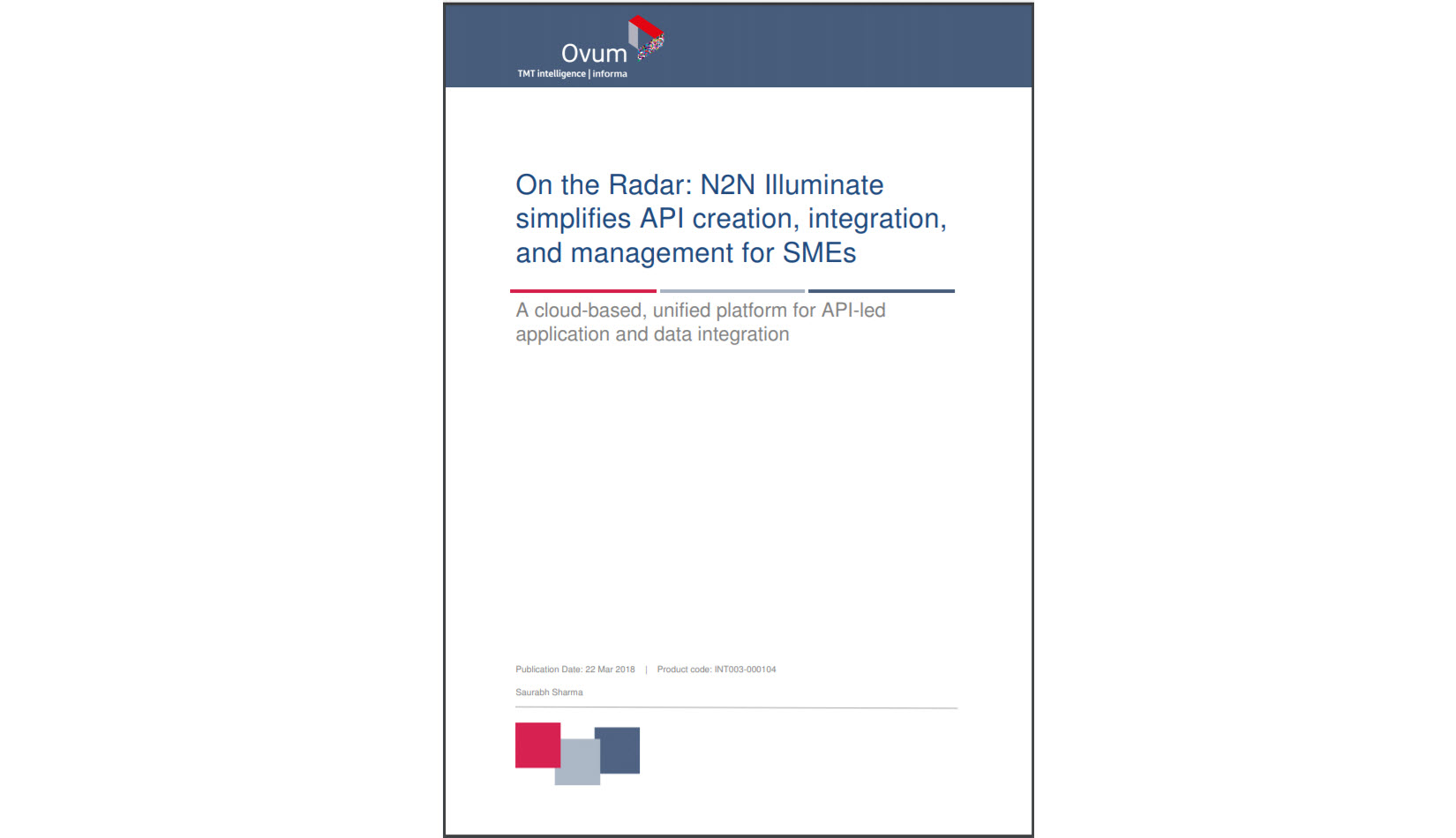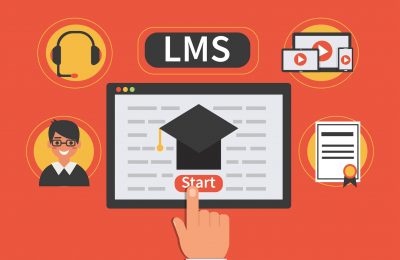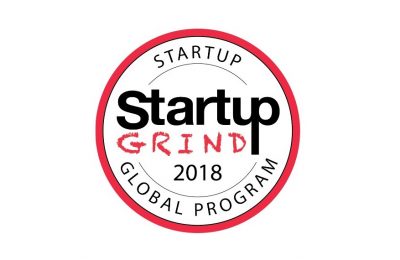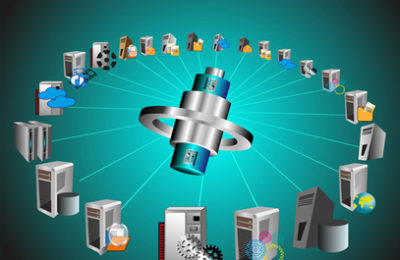EnlightenEd
Leading analyst firm, Ovum, recognizes N2N’s Illuminate Platform for rapid API creation and API management capabilities

N2N’s Illuminate Platform has been recognized by leading analyst firm Ovum for SaaS integration and rapid API creation and management. N2N was featured in Ovum’s latest”On the Radar” publication. “On the Radar” is a series of research notes about vendors bringing innovative ideas, products and business models to the market. “On the Radar” vendors bear watching for their potential impact on markets.
According to Ovum, “Integration is the lifeblood of digital economy and APIs are flexible interfaces to digital business services. N2N has developed its Illuminate platform from the ground up as a cloud-based application and data integration platform offering rapid API creation and API management capabilities.”
You can download the report here: On the Radar: N2N Illuminate simplifies API creation, integration, and management for SMEs
“N2N Illuminate offers a simple, API-led integration approach for a range of use cases, particularly for the higher education vertical and a good “price-performance” proposition for SaaS integration and rapid API creation and API management for SMEs”, said Saurabh Sharma, Principal Analyst at Ovum.
Ovum recommends the Illuminate Platform to small- and medium-sized enterprises (SMEs) and “institutions looking for a cloud-based integration platform for application and data integration, and legacy modernization.”
“Ovum highlights the integration challenges SME’s are experiencing in the market today and the need for simplified API management,” said Kiran Kodithala, CEO and Founder of N2N. “The report also recognizes the current trajectory of N2N as a company along with our product roadmap and validates the strategic growth we are hoping to achieve over the next two to three years.”
More EnlightenEd Entries
EnlightenEd
How Transitioning IT Will Change Hiring Practices

Take a look at a few of the findings from the EDUCAUSE Center For Analysis and Research’s report on IT delivery in higher education.
- Nearly half of institutions have outsourced at least one non-cloud service.
- More than 80% of institutions have moved at least one service to the cloud.
- About one-third of institutions share services.
This shouldn’t come as any surprise to those who have been paying attention to the revolution going on in IT. Simply put, the way IT conducts business is changing. In fact, the numbers above have likely increased since they were published, and that trend is set to continue into the future.
Higher education institutions are realizing the potential of the cloud for less expensive services and less physical space taken up for those services. We’ve talked about this shift before—very soon there will be a stronger concentration on managing the vendors, services, and outsourced materials than there will be on managing infrastructure and technical resources.
So the distribution of IT is clearly changing, and that means that there are going to be changes in the types of skills that IT departments around the country will require. This doesn’t mean that technical skills will suddenly become obsolete, but we most likely will see a shift in the skills that make a successful IT employee.
Communication Skills
Soft skills like communication are already important, but as IT begins working less with hardware and more with vendors and contracts, these soft skills are going to become even more crucial.
Legal Proficiency
More contracts and vendors, and all the new regulatory and security requirements are going to drive a need for CIOs to have legal experts on hand.
Service Management Knowledge
Knowledge of service management frameworks and tools will be crucial to making service delivery and management more efficient.
Service Management Specialists
As this new focus on service management continues to increase, we’ll be seeing positions popping up for service management specialists and vendor management.
As you can see, these changes are all related to the new focus we’re seeing in higher education IT. Notice how many of these positions relate to the management of vendors and services. That’s because we’re seeing an increasing number of apps and services being offered to colleges and universities each year. As they move to manage these services and integrate them into their current apps and legacy systems, it will become crucial that they have the ability to do this securely and in compliance with federal regulations.
At N2N, we developed our integration platform specifically with these integration challenges in mind. Our focus on higher education allows us to tailor individual solutions for each of our partners, scaling our services to meet their needs.
The changes in IT distribution and management are only going to accelerate in coming years, so it’s important that you have a plan in place to deal with these changes. Give us a call if you’d like to hear more about our integration solutions for your campus.
More EnlightenEd Entries
EnlightenEd
What Is A Hybrid Integration Platform?

And why will you need one in the next few years?
Increasingly, educational institutions are moving away from their highly customized ERP solutions, and towards more flexible, cloud-based solutions. In fact, according to Gartner, by 2018, at least 30 percent of service-centric companies will move the majority of their ERP applications to the cloud. That’s because the cloud offers greater flexibility that monolithic, postmodern ERP simply doesn’t provide.
The needs of educational institutions are constantly changing as technology marches forward because colleges and universities are expected to be on the forefront of any new technology. Students come to college expecting the latest tech and apps to supplement their education, and this can be difficult to accomplish with a legacy ERP system that isn’t flexible enough to meet changing educational and business needs.
So the solution seems to be moving ERP applications to the cloud, and embracing a hybrid approach that keeps a small core of on-premise ERP functions, combined with cloud point solutions. These loosely coupled suites of cloud functionality will bring with them integration challenges for the institutions that adopt them.
That’s where N2N and our Illuminate platform step in. Illuminate acts as the plumbing between an educational institution’s cloud-based apps and their legacy ERP systems, providing seamless and secure data transfer from each system. Illuminate takes each department’s existing, disparate systems and acts as a translator, allowing them to communicate with each other.
Illuminate allows users to calibrate and manage APIs, set security layers and cross walk variables without coding or help from IT. This is known as a Hybrid Integration Platform. Illuminate is special because it’s the first commercially available HIP in the higher education market. With Illuminate, colleges and universities have a simple, low-cost solution to for all their integration needs, and they can rest easy knowing that they can add any cloud-based application as needed. So when the next great mobile app comes calling, colleges will be able to easily integrate and implement the app on campus.
At N2N, our goal has always been solving the integration problems of institutions, no matter what market they are in. It won’t be long before more institutions make the switch to the cloud to solve their ERP problems, and when they do, they’re going to need a smart, inexpensive integration solution.
Contact us today if you’d like to learn more about Illuminate and to set up a demonstration for you and your team.
http://www.gartner.com/newsroom/id/2658415
More EnlightenEd Entries
EnlightenEd
Illuminate – Not Just For Academia

At N2N, we’re proud of our background in higher education and the service we provide to colleges and universities around the country. Illuminate is an invaluable asset to colleges that are running more and more apps and systems each year, and looking for a way to securely integrate them all. We know Illuminate is a boon for higher education institutions, but that’s not the only place it can work. Yes, we pride ourselves on helping colleges, but we also pride ourselves on our ability to make our services work for a diverse group of businesses and institutions.
Now that businesses are using the cloud without the reservations that they once had when it first came onto the scene, there are certain issues that almost all businesses face ones that aren’t limited to colleges. The cloud allows businesses to easily store and access data and applications using any device, without having to deal with expensive hardware purchases. This boosts productivity and efficiency, while driving down costs. With the growth of cloud-based applications, companies ended up using these apps along with older on-premise legacy applications. The trick is getting all of these to work together, whether they’re cloud-based or on-premise.
And that?s exactly what Illuminate does. Illuminate is what’s called an iPaaS, or Integrated Platform as a Service. It acts as a central hub to integrate all of the applications a business uses, whether cloud-based or on-premise. So there usually isn’t any hardware to install, and our “concierge approach” means that we provide integration as a service, with no lengthy training required for implementation. No matter what combination of legacy, on-premises systems and cutting-edge SaaS applications your business uses, Illuminate acts as a central hub to integrate them all. It allows each program to communicate with every other program seamlessly and securely, and makes it easy to accommodate the addition of as many new applications as may be necessary in the future.
One dashboard within Illuminate allows administrators to view and monitor transactions that pass through the system, to ensure that information input into any one application will instantly be shared with all other participating applications as well, so that all systems are always up-to-date and coordinated.
Don?t think that all these transactions lead to less security, though. Illuminate allows for central management and monitoring of data transfers, helping to ensure compliance with all regulations.
At N2N, we know a college can,t be run just like a business, but we also know that businesses today face many of the same challenges as higher education institutions as they look to the cloud to handle their applications. With Illuminate, no longer will employees need to update several different systems with new data, or search through several different applications to find information. Illuminate automates those tedious tasks, freeing up resources for other projects.
If you?d like to hear more about how Illuminate can benefit your business, contact N2N Services today.
More EnlightenEd Entries
EnlightenEd
The Evolving Role of the Higher Ed CIO

If you?ve worked in IT for any length of time, especially in the field of higher education, then you know that it wasn?t too long ago that CIOs had a very different job.
There was no cloud. There was no SaaS. There were no smartphones and tablets, and no wifi.
There were on-campus email servers to worry about. There was software to install, and hardware to purchase. There were updates to perform manually, and emergency maintenance to be done when something went wrong.
But as technology has evolved, so has the role of the CIO. No longer saddled with maintaining a massive on-campus computing infrastructure, CIOs in higher ed today have more time to focus on innovation, vision, and strategy in their schools? use of technology. More time to work out how best to utilize tech to support the mission of their institutions ? namely, the success of their students. And more time to think about and prepare their schools for whatever disruptive new developments may emerge in the future.
But planning for the future is no mean feat, considering the tendency of new technology to take a completely different direction from the one predicted. After all, while the experts were all promising us flying cars (I used to watch The Jetsons and think I’d never drive a car with wheels!) and hoverboards, the internet was quietly being developed.
So what?s a CIO to do? The way we see it, there are three parts to a prudent, forward-looking IT plan.
1. Get your priorities straight.
New technology is exciting, and taking advantage of that excitement and buzz can seem like a clever way to attract students and project a modern sensibility. But as any educator will tell you, some tech simply isn?t useful in the classroom, and some causes more hassles than it removes. That?s why it?s vital to set out your department?s priorities and align them with those of your school. That way, any new technological developments can be considered in light of what?s truly important to faculty and administration alike, whether they?re new apps or hoverboards or something in between.
2. Stay agile.
Sooner or later, there will be another innovation just as world-changing as the internet. Should you wait to see whether it catches on before jumping on board? Of course. Should you wait so long that it?s old news? Definitely not. Create a department – and a school – agile enough to take advantage of every new opportunity when the time is right. It?s as much about mindset as it is about infrastructure.
3. Plan for the expected.
In the meantime, it?s prudent to expect more new and improved versions of the same tech we have today. And since those are the innovations we?ll be dealing with most in the foreseeable future, it just makes sense to arrange your school?s technology set-up in a way that will most easily accommodate new additions over the years.
This is where the N2N Integration Cloud comes into play. Most educational institutions link their various apps, programs, and platforms together via a complex web of individual connections, linking each one to every other one.
The NIC unravels that tangled web and allows schools to integrate any and all systems and applications they use, whether legacy on-premises programs or brand new SaaS apps, through one central hub. Each program has only one connection to deal with ? its connection to that hub. Within the hub, data is instantly translated and transmitted to all other programs for seamless integration. And any time a new app or program needs to be added, it?s as simple as linking it up to that same hub – no more complex additions to the web.
Today?s smart CIO expects the unexpected ? but prepares for the expected, as well. Contact N2N Services today for more information about how we can help you get ready for the future.
More EnlightenEd Entries


















